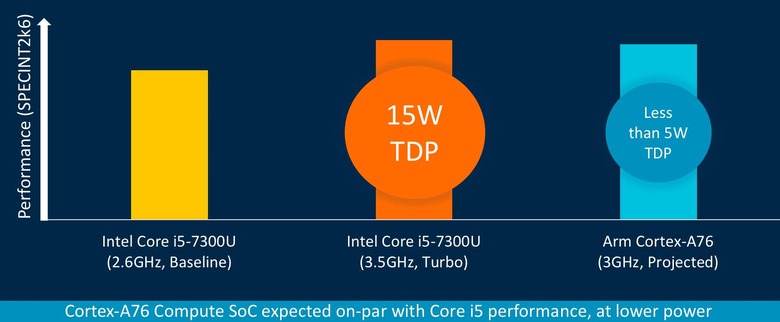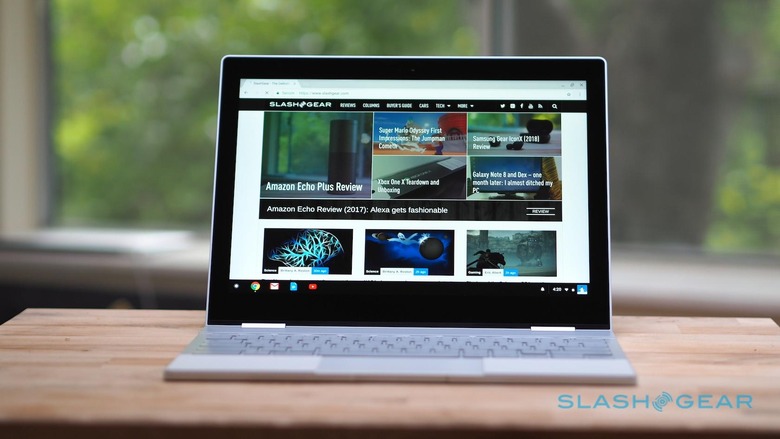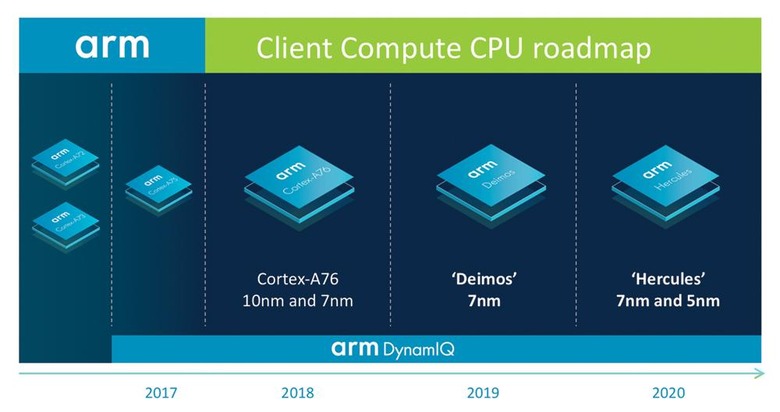ARM Laptops Won't Sell Without This Important Change
At SIGGRAPH, Intel tried to sway the attention of the graphically inclined away from NVIDIA's ray-tracing debut towards it's upcoming discrete graphics card. That, however, won't be coming until 2020. But while Intel will be busy fending off AMD and NVIDIA in that arena, it might also be busy fighting another battle that year. 2020 is also when ARM will make its big laptop play to take on both Intel and AMD. But its venture might fall flat on its face unless something important changes within that two-year wait.
ARM devices in laptop form aren't exactly new. Aside from a number of Chromebooks powered by Rockchips, MediaTeks, and Qualcomms, there have also been more niche devices powered by the most popular mobile CPU architecture in the market. Even those Chromebooks, however, have not been regarded with the same credibility as laptops running on Intel or AMD processors.
That's the situation that ARM is aiming to change starting with the Cortex-A76 this year. Although performance has indeed improved in strides, as seen in generation after generation of smartphones, ARM chips still can't hold a candle against x86 processors when it comes to raw power. But that's OK because what ARM is proposing is a balanced compromise. The Cortex-A76, for example, will have the same clock speed as a 2017 Intel Core i5-7300U but at a third of the TDP, meaning less power consumption and less heat. And that's not yet considering what could happen with "Deimos" in 2019 and "Hercules" in 2020.

Truth be told, few will actually doubt that ARM processors will be able to pull it off. And judging by the interest and subsequent disappointment over Windows 10 on ARM devices, many are willing to sacrifice a wee bit of clock speed when it translates to a longer battery life, even when always connected. No, the success of ARM-based laptops won't depend so much on the hardware as on the software.
There is only one operating system at the moment that has so far proven to be usable on an ARM device in that form factor. Android "works", but not without some heavy modification. iOS has an ongoing mouse problem and let's not even talk about macOS yet. Windows 10 is still fumbling around. Chrome OS is perfect but only if you live and die by web apps (and some Android apps). Unless ARM wants those so-called laptops to be forever bound to Google's OS, which may in fact change in the next few years, the OS situation for ARM-based devices has to change.

And it's not just the operating system itself either. The whole software ecosystem has to improve within that time frame. It may be too short a time for huge and popular software on Windows and macOS to be ported properly to ARM systems. The next best thing would be emulation which, as Microsoft learned the hard way, isn't easy.
Unless a glorious new OS arrives to rule them all (Fuchsia?), ARM's promised laptops will have to deliver not just an equivalent performance at lower power consumption, they will also have to deliver a comparable software experience. For many users, that mostly means Windows. Some will pine for macOS. And while there are those that are able to use Chrome OS, iOS, or even Android for work and play, they will still fall back on PCs or Macs because of essential software and accessories.

If ARM is to truly unseat Intel and AMD in the laptop market, it will have to be ready to take them on in both hardware and software. ARM and ARM chip makers will have to work closely with platform and app developers to ensure as painless a transition as possible. And that is going to take more than two years.
